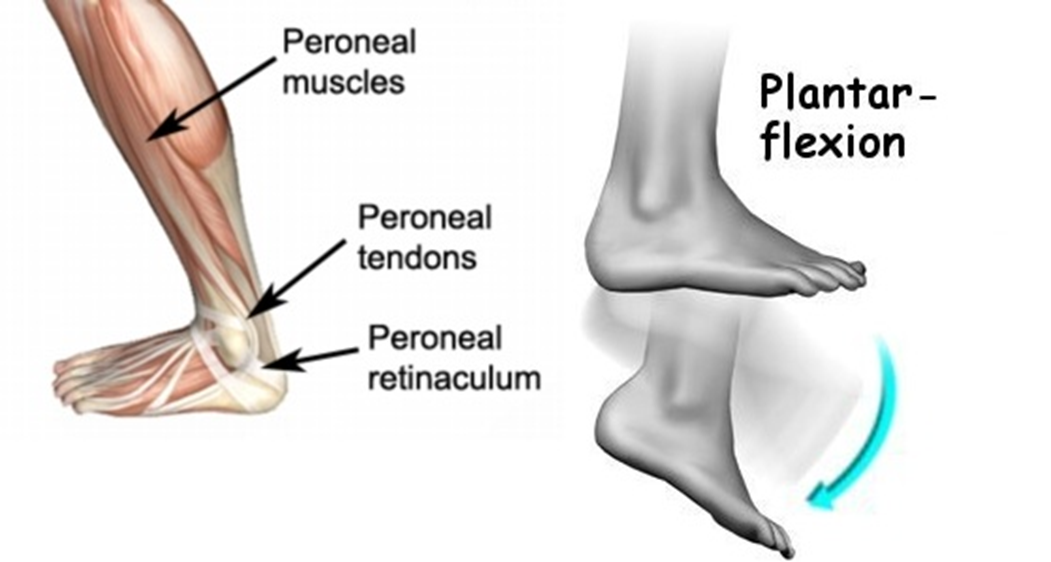A postoperative client following a thyroidectomy suddenly develops difficulty breathing, stridor, and an increase in swelling of the anterior neck area. What should the nurse do first?
Activate the hospital’s emergency or rapid response system.
Place a heart monitor on the client and observe for dysrhythmias.
Ask the charge nurse to come see the client immediately.
Check the client’s blood pressure and heart rate.
Provide a calm and assuring environment for the client.
The Correct Answer is A
Choice A Reason:
Activating the hospital’s emergency or rapid response system is the most appropriate first action in this scenario. The client is exhibiting signs of a potentially life-threatening condition, such as airway obstruction or severe swelling that could compromise breathing. Immediate intervention by a rapid response team can provide the necessary advanced airway management and other critical care measures to stabilize the patient. This action prioritizes the client’s airway, breathing, and circulation, which are the fundamental aspects of emergency care.
Choice B Reason:
Placing a heart monitor on the client and observing for dysrhythmias is important but not the immediate priority in this situation. While monitoring the heart is crucial, the client’s airway and breathing issues take precedence. Addressing the airway obstruction and ensuring adequate breathing should be the first step before focusing on cardiac monitoring.
Choice C Reason:
Asking the charge nurse to come see the client immediately is a reasonable action, but it may delay the necessary urgent intervention. The charge nurse may not have the advanced skills or equipment required to manage a severe airway obstruction. Activating the rapid response system ensures that a team of healthcare professionals with the appropriate expertise and equipment can respond quickly.
Choice D Reason:
Checking the client’s blood pressure and heart rate is a standard nursing assessment, but it is not the immediate priority in this emergency situation. The client’s difficulty breathing and stridor indicate a potential airway obstruction, which requires immediate attention. Ensuring the airway is clear and the client can breathe is more critical than checking vital signs at this moment.
Choice E Reason:
Providing a calm and assuring environment for the client is important for reducing anxiety and stress, but it does not address the immediate life-threatening issue. While maintaining a calm environment is beneficial, the nurse must first ensure that the client’s airway is secure and that they can breathe adequately. This can only be achieved by activating the rapid response system.
Nursing Test Bank
Naxlex Comprehensive Predictor Exams
Related Questions
Correct Answer is D
Explanation
Choice A Reason:
Pronation of the hands.
Pronation of the hands is not typically associated with decorticate posturing. Decorticate posturing is characterized by the flexion of the arms and wrists, with the hands often clenched into fists. Pronation refers to the rotation of the hands so that the palms face downward, which is not a feature of decorticate posturing.
Choice B Reason:
Extension of the arms.
Extension of the arms is more characteristic of decerebrate posturing, not decorticate posturing. In decorticate posturing, the arms are flexed and held tightly to the chest, not extended. This flexion is due to damage to the cerebral hemispheres, which affects the corticospinal tract.
Choice C Reason:
External rotation of the lower extremities.
External rotation of the lower extremities is not a typical finding in decorticate posturing. In decorticate posturing, the legs are usually extended and rigid, with the toes pointed. External rotation would indicate a different type of posturing or neurological condition.
Choice D Reason:
Plantar flexion of the legs.
Plantar flexion of the legs is a characteristic finding in decorticate posturing. This involves the toes pointing downward, which is a result of the increased muscle tone and reflexes due to the brain injury. This posture indicates severe damage to the brain, specifically the corticospinal tract.

Correct Answer is ["31"]
Explanation
Step 1: Calculate the total infusion time in minutes.
8 hours × 60 minutes/hour = 480 minutes
Result at each step = 480 minutes
Step 2: Calculate the total number of drops to be infused.
1,000 mL × 15 drops/mL = 15,000 drops
Result at each step = 15,000 drops
Step 3: Calculate the infusion rate in drops per minute.
15,000 drops ÷ 480 minutes = 31.25 drops/minute
Result at each step = 31.25 drops/minute
Step 4: Round to the nearest whole number if necessary.
31.25 drops/minute rounds to 31 drops/minute
Result at each step = 31 drops/minute
Therefore, the nurse should run the IV infusion at a rate of 31 drops per minute.
Whether you are a student looking to ace your exams or a practicing nurse seeking to enhance your expertise , our nursing education contents will empower you with the confidence and competence to make a difference in the lives of patients and become a respected leader in the healthcare field.
Visit Naxlex, invest in your future and unlock endless possibilities with our unparalleled nursing education contents today
Report Wrong Answer on the Current Question
Do you disagree with the answer? If yes, what is your expected answer? Explain.
Kindly be descriptive with the issue you are facing.
